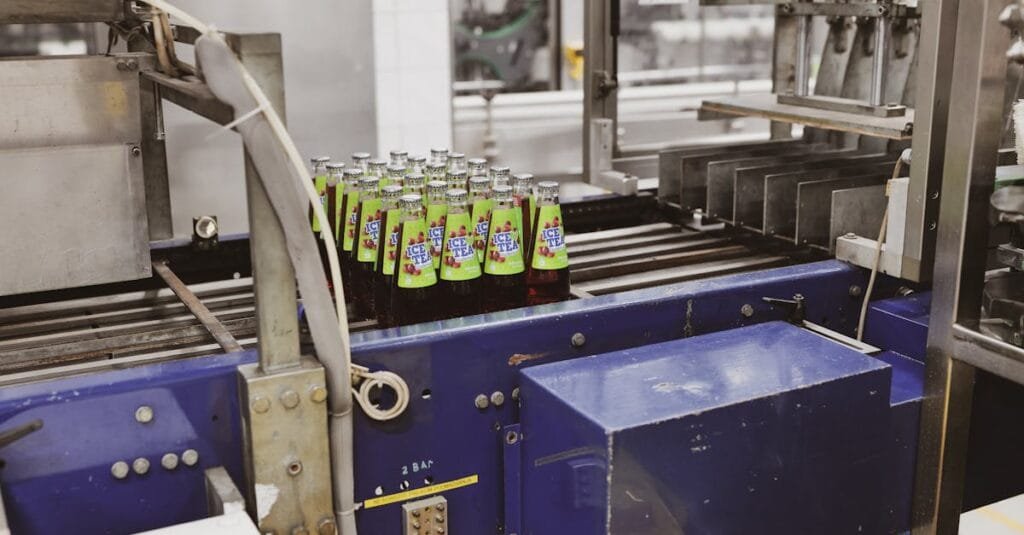Feeling Overwhelmed with GBS Efficiency?
Let’s be real for a sec. Working in Global Business Services (GBS) doesn’t always feel like a walk in the park. You’ve got processes to streamline, costs to minimize, and human errors to avoid. Amidst all of that, there’s one thing that can genuinely lighten your load: Robotic Process Automation (RPA).
What RPA Brings to the Table
RPA is like that reliable friend who shows up to help you with all the heavy lifting. It frees up your team from mundane, repetitive tasks. Think about how much time you spend doing manual data entry, processing invoices, or managing reports. Every minute counts, and with RPA, those minutes turn into hours for strategic thinking.
- Increased Efficiency: Automating mundane tasks means more focus on what truly matters.
- Cost Savings: Less time on manual processes usually translates into lower operational costs.
- Better Accuracy: Robots don’t have bad days. They provide precise outcomes every single time.
Transforming Processes: A Real-Life Example
Let me throw an anecdote your way. A few years back, I worked with a company bottlenecked by their invoice processing system. They were swamped with paperwork, and their team was exhausted. We introduced RPA to handle the invoice capture and validation, leading to a remarkable reduction in processing time.
The involved team members suddenly found themselves with spare time. Instead of scrambling through stacks of invoices, they dove into strategic projects that previously felt unreachable. With smarter allocation of resources, the financial overview of the organization improved dramatically. That’s the power of enhancement—transforming GBS efficiency through RPA.
Choosing the Right RPA Tools
Okay, so you’re sold on RPA. But how do you go about selecting the right tools? There are tons of solutions out there, and it can be mind-boggling. Here’s a straightforward roadmap:
- Define Your Needs: What processes do you want to automate? Identify areas with repetitive tasks.
- Research Options: Compare the tools available on the market. Look into their capabilities, ease of use, and support services.
- Engage Your Team: Get feedback from your team members who’ll be using the robots. Their insights are golden.
- Start Small: Test RPA on one process before scaling it up.
By taking these steps, you’re ensuring that your transition into automation aligns with your overall business goals.
RPA and Shared Services Industry Trends
The shared services landscape is evolving, and RPA is at the core of this evolution. As GBS operations become more integrated and complex, RPA provides the necessary scalability. Every incremental improvement you achieve can have significant impacts across your organization.
If you want to stay ahead of the curve, keep an eye on industry trends. Check out what other leaders are doing, read expert insights, and share experiences with your peers.
For the latest insights, I highly recommend checking out THEGBSEDGE blog. This is where transformation, innovation, and leadership come together, tailored just for the shared services community.
The Human Element in RPA
Now, it’s crucial to remember that RPA isn’t here to steal jobs. It’s designed to enhance human roles. By offloading mundane tasks to robots, team members can elevate their work to a whole new level. Creativity, strategic planning, and decision-making become the focus.
At the end of the day, GBS efficiency relies heavily on your people, technology shouldn’t overshadow that. Engage your teams in the transition process, continuously train them, and cultivate a culture of innovation.
Measuring Success Post-Implementation
When you’ve rolled out RPA, how do you know it’s working? Look for these indicators:
- Reduced Processing Time: Track how long it takes to complete tasks before and after implementation.
- Cost Efficiency: Compare operational costs and see if there’s a notable decrease.
- Client Satisfaction: Are stakeholders happier with the service? Customer feedback is invaluable.
Make sure to review these metrics regularly, so you can optimize the RPA setup as needed.
Common GBS RPA Misconceptions
There are a lot of misunderstandings surrounding RPA, particularly in shared services. Let’s bust a few myths:
- RPA Replaces Human Workers: Nope! It’s here to assist, not eliminate.
- RPA is Only for Tech Companies: Wrong again! Every industry can benefit—finance, HR, and beyond.
- You Need to Go Big or Go Home: Start small, scale as you see success.
It’s vital to clear these misconceptions to foster a positive attitude toward automation in your organization.
Getting Support and Resources
Your journey doesn’t have to be solitary. There’s a wealth of resources at your fingertips. Conferences, webinars, and online courses can provide valuable insights.
Additionally, don’t hesitate to engage with communities around shared services. Enthusiastic discussions often spark the best ideas.
Staying Ahead with Continuous Learning
The shared services industry will keep evolving, and so should you. Stay curious and keep learning. RPA is not a silver bullet, but it’s a significant step in the right direction for transforming GBS efficiency.
Email newsletters, follow blogs, and immerse yourself in the shared services community. A prominent source for industry trends is the THEGBSEDGE blog. It’s where I go for the latest updates on transformation and innovation in the industry.
Wrapping It All Up
Implementing RPA into your GBS strategy can feel like a leap of faith, but the rewards are immense. Keep your focus on improving efficiency, saving costs, and enhancing the skills of your workforce. Remember, the goal is a collaborative environment where technology and humans thrive together.
The transition might be a bit wavy at first, but trust me, it’s worth it. As you navigate this path, stay grounded in the reality of your organization and adapt accordingly. Think of RPA as just one piece of your efficiency puzzle.
So, ready to give it a shot? Dive in and embrace the future of GBS by gearing up with RPA. Your team will thank you for it.


